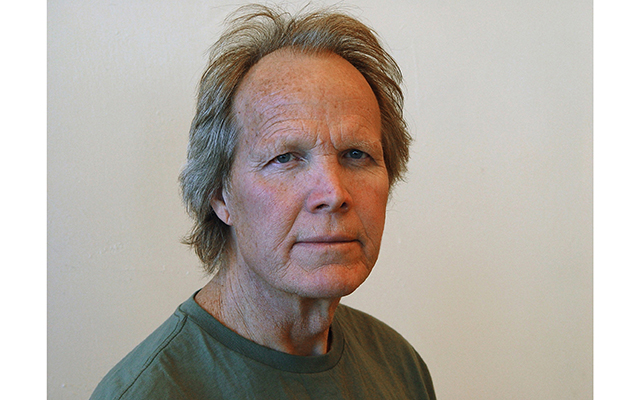PRESQUE ISLE, Maine — Four years ago, retired University of Maine at Presque Isle professor Anderson Giles made the discovery of a lifetime — a gold tooth that may have belonged to famous Japanese admiral Isoroku Yamamoto — during one of his many trips to the Pacific to preserve the history of World War II.
That discovery and its international historical significance have been spotlighted in a new feature-length documentary produced by filmmaker Tim Gray of The World War II Foundation and narrated by actor Gary Sinise. “The Portillo Expedition: Mystery on Bougainville Island” will premiere on more than 100 public television stations across the country this month.
“This film is about the incredible adventure of finding the tooth as well as challenging the long-held historical account of what happened to Admiral Yamamoto,” Giles said. “For me, it’s also about increasing people’s awareness of the incredible contributions that that generation of soldiers gave to our country. This particular story is one of the highlights of my quest that started with finding out where my father fought during World War II, discovering that the story was so much larger than that, and it’s turned into a 30-year adventure.”
Researching WWII in the Pacific has been a long-time passion for Giles, whose father, H.A. Giles, Jr., was a member of the 4th Marine Division and participated in storming the islands of Saipan, Tinian, and Iwo Jima. H.A. Giles, Jr. was killed in combat near the end of the Korean War when Giles was four. In honor of his father’s memory, Giles has worked for more than two decades to preserve the history of World War II in the Pacific through film, photographs, paintings, and other collections.
The Portillo Expedition follows a crew of American explorers, assembled by Chicago restaurateur and ex-Marine Richard Portillo, to a remote Pacific island in the western Solomon Islands. With Giles as their expedition leader and historian, the crew aimed to visit the site of many brutal battles fought during World War II, and to locate the wreckage from the Betty Bomber that carried Admiral Yamamoto, the architect of the Pearl Harbor attack and the Battle of Midway and widely considered one of Japan’s top strategic planners.
Allied intelligence was able to decipher the Japanese naval code and identify that Yamamoto’s plane was heading to Bougainville on April 18, 1943. His bomber was intercepted and shot down by American P-38 fighter planes in a top-secret mission. The assassination of Admiral Yamamoto was a bold decision that changed the outcome of the war in the Pacific.
It was in the oozing mud surrounding the wreck of the admiral’s plane on Bougainville Island that Giles discovered the gold tooth. Several factors indicated it could be Admiral Yamamoto’s gold crown, and Portillo and Giles set out to determine if the tooth could be authenticated. The answer, however, had the potential of challenging the generally accepted story in Japan that Yamamoto’s body was discovered in a pristine state, complete with white gloves and sword.
“This is our 23rd film and it was a great story,” producer Tim Gray said. “We’re always looking for stories to get people interested in World War II. With this one, there’s some history involved, there’s some mystery involved, and there’s a lot of twists and turns in the film — all based on real events and real people.”
“The Portillo Expedition” traces the remarkable search for answers that took the team from the jungles of Bougainville to the offices of DNA experts in the U.S., and finally to Yamamoto’s home city of Nagaoka, Japan. The film features a rare interview with Admiral Yamamoto’s grandson as well as interviews with several of the world’s leading historians on the war in the Pacific.
“We always want to show people something they didn’t know or haven’t seen, and I think we’ve done that with this film,” Gray said.
As for Giles, he said he’d be tuning in catch the film on his public television station — after his next trip to the South Pacific.
Submitted by the Community and Media Relations Office of the University of Maine at Presque Isle.








